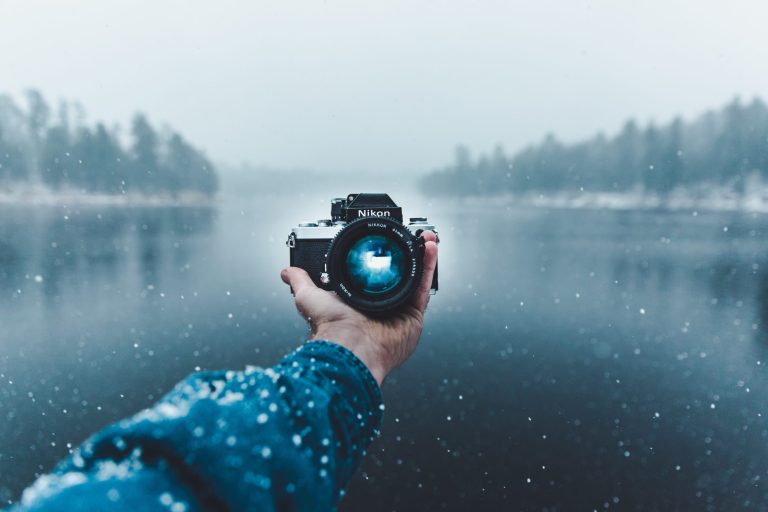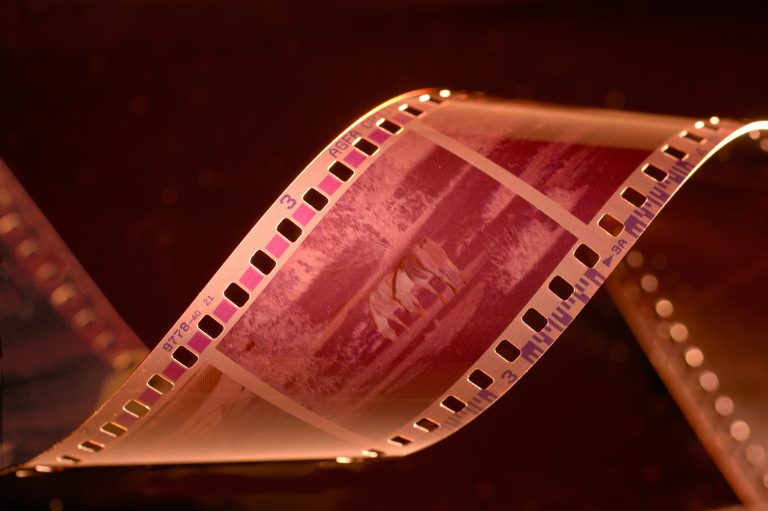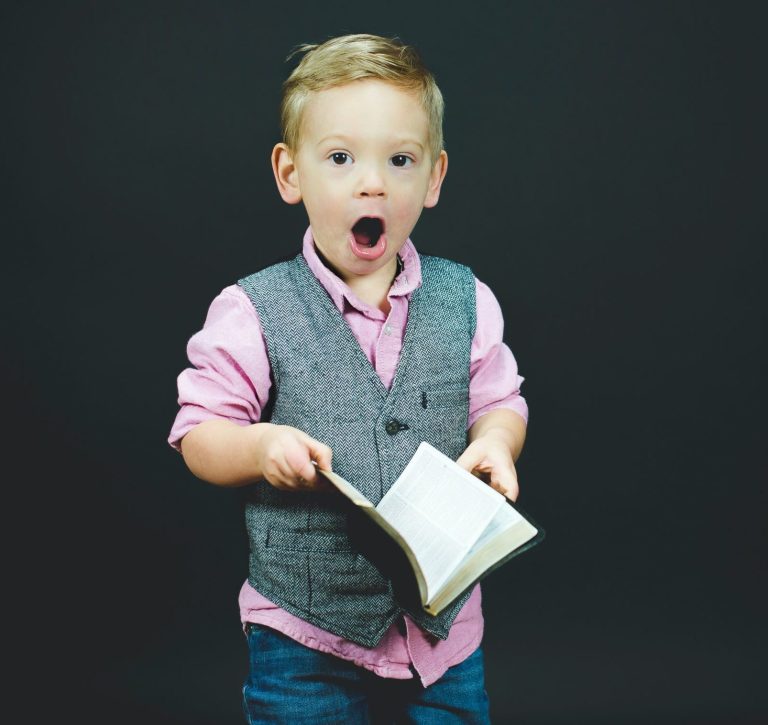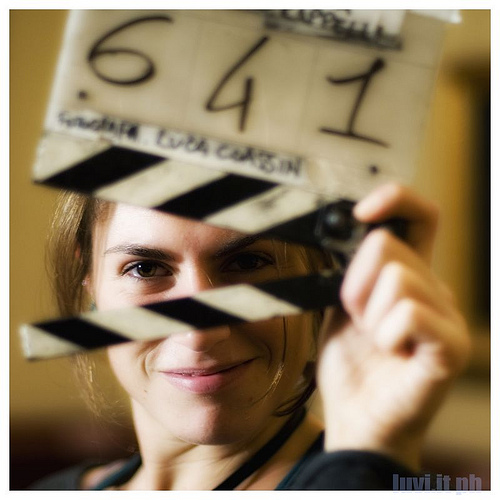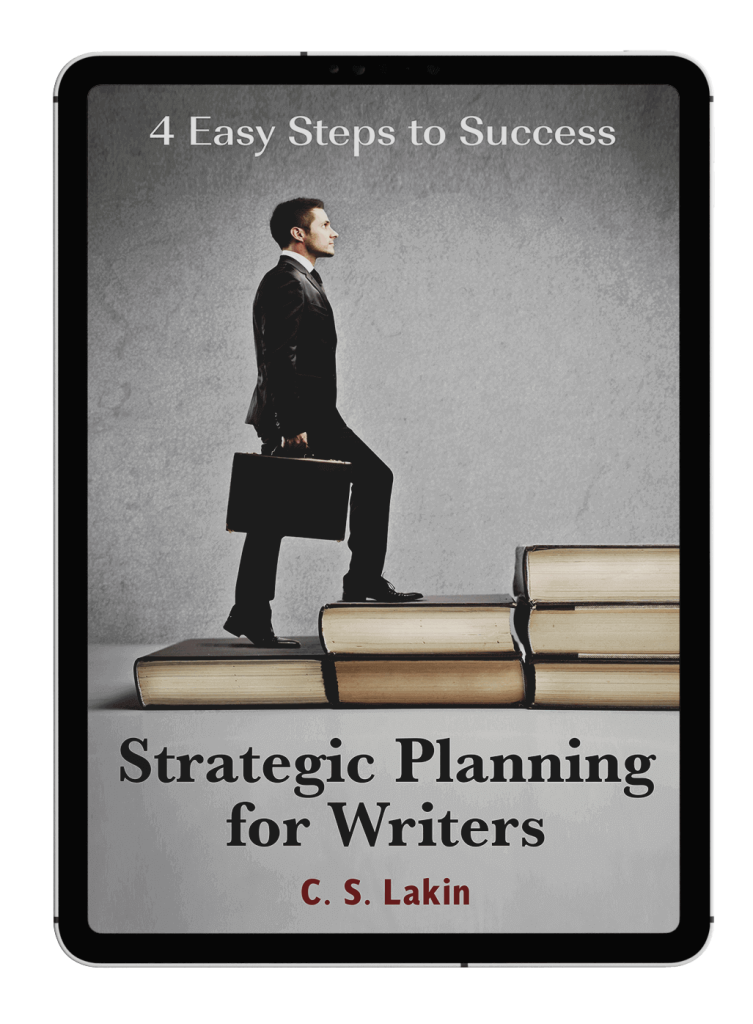Building Your Scenes with Beats
If you’re writing fiction, and particularly novels or novellas, you need to master scene structure. There is a whole lot to this! Whether you “pants” or plot your scenes, to make them powerfully effective in your story, you need to know the purpose of your scene. And once you determine that, it’s all about building your scene with beats.
What is a beat? I’m not referring to those important pauses you need to drive home a specific moment … but, that’s tied intrinsically to the beats in your scene. Let’s explore a little in the filmmaking realm where this language is used.
What Are Beats?
In filmmaking, a beat refers to a significant moment or turning point in a scene or story, while a beat sheet is a document outlining these key beats to guide the narrative or scene structure. It’s essentially a structured roadmap for the screenplay, helping writers identify and plan the most important plot points and character developments.
- A beat is a small, yet impactful moment that drives the story forward.
- It can be an action, reaction, realization, emotional shift, or event that moves the plot or character arc.
- Think of beats as the “heartbeat” of the story, creating a dynamic and engaging narrative.
- Beats can be broken down into smaller, individual actions or events that make up a scene.
Before you can even think about the beats or pivotal moments in your scene (you need to have them!), you have to be clear about your scene’s purpose. What are you trying to accomplish in this scene? What is your high moment going to be in the last line (or three)? The high moment drives the purpose home to the reader. Whether it’s a line of dialogue, a character’s reaction, or some surprising action, you want to end each scene with a punch, even if subtle.
In other words, something shifts or changes in the last lines of your scene.
So how do you build to that moment? By identifying the key beats. These are the shifts or moments you are saying to the reader: “Pay attention right here. This is important.”
Use a Beat Sheet
Well, you don’t even need an “official” beat sheet. I often just list 3 (that’s always a good number!) key moments. And if you are reading scenes in novels, if they’re great scenes, you can probably find those 3 or 4 moments when something shifts. It could be a decision, a reaction, a bit of information. Whatever it is, something changes for your character.
In my upcoming master class this Wednesday, I’ll be sharing lots of examples from my novels, others’ novels, and other writers that will be participating in this class. If you want to master this, be sure to sign up (see info at the bottom of this post!).
- It helps you organize and plan the key beats of your screenplay, play, novel, or short story.
- It can be used to outline the main plot points, character arcs, and emotional shifts in a story.
- Beat sheets can be structured in various ways, such as using the three-act structure, the Save the Cat! beat sheet by Blake Snyder, or a mini-movie approach.
- A beat sheet helps ensure that the story maintains a strong structure and that all the essential moments are included.
- It can also be used to identify potential problems or weaknesses in the narrative before writing the full screenplay.
This last point is super helpful, for … if you can’t find any or enough beats in your analysis, or the beats seem trivial (yes, they often are!), you need to revisit your scene idea and work to make these beats stronger. Much of that comes with experience and understanding elements like subtext, misdirection, reversals, etc. (check out my video course The 10 Key Scenes That Frame Up Your Novel for help with all that!).
Here’s an example from a very short scene in my current novel Lightning Man. You’ll notice I have camera shots marked to help with determining the scope of the “shot” or beat. Even with this short scene, I identified the key beats (the high moment is always a given and must be one of your beats). If you haven’t considered how using camera shots and other filmmaking technique can help you, get my book Shoot Your Novel!
The purpose of my scene should be quite clear. My character has lots of memory loss due to being struck by lightning multiple times (very common). One of the important moments, though, is for him to notice that he has a scar on his chest from being struck–an element that comes into play later in the story, rich in symbolism and deep meaning.
Here’s the scene (I always put the beats at the top of the scene, along with any crucial pieces of info I need to include). In this instance (which is unusual, the high moment does not come in the last few lines but when he sees the scar).
Key Beats – Close-Ups to point readers to their importance:
- Finding the driver’s license
- Comparing the photo to his face in the mirror
- Noticing the jagged scar (from lightning)
Monday, August 26, predawn
[Close-Up] A stab of fear made him jolt upright, his hair damp and matted to his head. Sweat ringed his forehead as he sucked in a breath, his chest unbearably constricting. He fought down engulfing panic.
The room was a black hole, without walls or ceiling … [Medium Shot]
A pinprick of light caught his attention; he strained to focus. Where was he? [Angle On]
Who was he?
He frantically searched his mind.
Nothing.
He felt around him. Blanket, a sheet. He was on a bed. Whose bed? [Medium Shot]
Fear strangling his neck, his bare feet reached out and touched a rug. He jumped up. Listened to the thick silence. A clock ticked in another room. Electricity thrummed in wires spider-webbing like veins inside the walls. The pinprick of light stretched into a shaft under a door. Light from a hallway? [Medium or Long Shot]
His mouth was dry; he couldn’t swallow. [Follow] He stumbled across the room, banged into some piece of furniture—a dresser. His fingers skimmed the surface, felt up the wall like a blind man, found a light switch.
He flicked the switch and squinted in the harsh light that delineated a wholly foreign space. Struggling for breath, his heart ramming against his chest, he stood, unblinking, looking for some clue, anything he recognized …[Pan]
A pair of pants and a shirt lay draped over a chair by an antique desk. [Close-Up] He made his way over to the chair, knocked the shirt to the floor, patted the jeans, his head spinning, his hip throbbing. [Follow]
Relief and hope flooded through him like an electrical current as he found a wallet and pulled it from a back pocket of the pants, his hands shaking. He fumbled the wallet, picked it up. He ignored cards and something that looked like a badge and gripped the driver’s license with his thumb and forefinger, extricated it from the plastic casing. [Zoom in – Angle On]
He held it up to read it. [Extra-Close-Up]
Justin Mathers.
The name drew a blank.
He studied the photo, the stranger’s face.
Justin Mathers. Justin Mathers.
He repeated the name out loud. He had to be sure.
The hallway led to a bathroom. [Follow] He staggered inside, switched on the light, stared at the terrified, haggard face in the mirror. [Two Shot] Held up the driver’s license next to his face.
The images were a close enough match—close enough to be conclusive.
He was Justin Mathers. He skimmed the address and date of birth on his driver’s license. [Zoom In – Angle On] Born in 1983, lived in Ashford, Washington.
He looked at his naked torso in the mirror, fingered an eight-inch-long jagged scar running diagonally across his chest. [Close-Up] Leaned closer to study a black-inked tattoo on his left bicep. [Zoom In] Another jagged shape with words in block letters: Fulgura Frango. Latin, he somehow knew. “Repel the Lightning.” How did he know …?
He reminded himself to breathe as he walked back to the bedroom. [Follow] He had a nauseating feeling this wasn’t the first time he’d forgotten who he was. He just couldn’t remember, though. Maybe he was floundering in a nightmare.
He set the wallet on the dresser, extinguished the light, and eased back into the bed, adjusting the sheet and blanket, laying his head back onto the soft pillow. [Medium Shot]
As he listened to the even ticking of a clock in a distant room—lying in this unfamiliar room he assumed was his bedroom in his house in Ashford—he repeated his name over and over until, finally, he slipped into the oblivion of sleep.
Since readers want and expect cinematic scenes (vividly visual and in deep POV), it behooves fiction writers to learn to structure scenes by building them with beats!
Want to learn more about using cinematic technique in your story?
Learn the best technique to “show, don’t tell” in your fiction! Join me April 30 at 10 a.m. Pacific for a 2-hour master class in cinematic scene storyboarding!
Are you a fiction writer or penning creative nonfiction? Then treat yourself to a 2-hour intensive master class titled “Scene by Segment” that will change forever (for the good!) the way you approach plotting and writing your fiction scenes.
In this master class, a number of writers will participate in sharing their process of taking a basic scene summary and breaking it into segments that focus on specific camera shots or angles. As we go through a variety of scenes with these writers, you’ll see exactly how to do this with your own manuscripts.
Here are the exciting things you will learn from this intuitive, creative method:
- How to drill down, from the general scene action you have in your head to crafting a powerful visual moment-by-moment experience for your readers
- How segmenting helps you determine exactly which details you need to show through the character’s POV
- How to decide which camera shots you need to drive home key moments in your scene for the strongest emotional impact
- How to work backward, from your last shot, to help you build to your high moment
- Ways to use segmenting to enhance low-energy scenes (such as when characters are internalizing or dialogue-heavy action)
In these two hours together on Zoom, you’ll see why strategically segmenting your scenes is the best and most intuitive way to “show, don’t tell”! Don’t worry–you won’t be required to draw anything when you do this type of cinematic storyboarding!
Enroll in this one-time class HERE
Featured Photo by Nick Design on Unsplash


